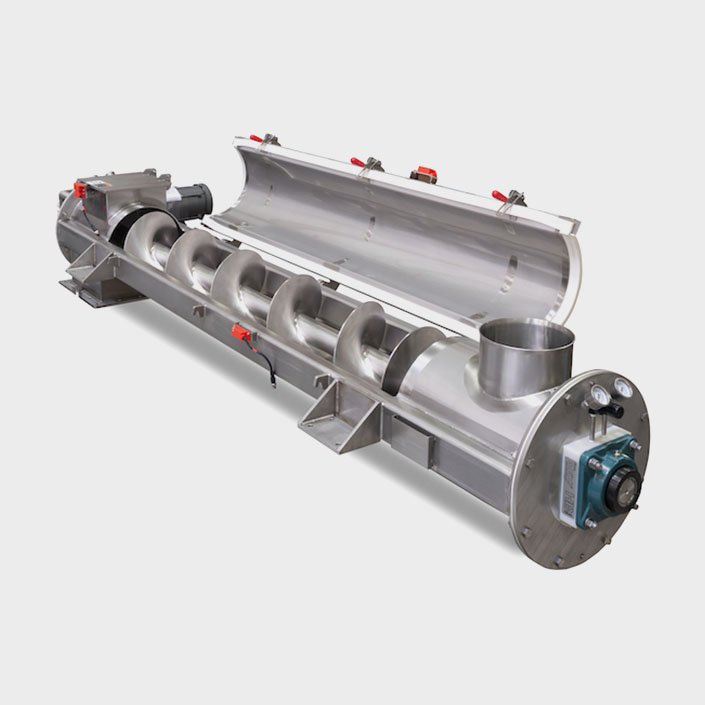
A Screw Conveyor is a robust and efficient mechanical device used to move bulk materials from one point to another. It consists of a rotating helical screw blade, or “flighting,” housed inside a tube or trough, which propels materials forward as it turns. Commonly used in industries like food processing, agriculture, chemical, cement, and packaging, screw conveyors are ideal for handling powders, grains, granules, or semi-solid materials.
A Screw Conveyor is a critical component in many automated industrial systems, known for its simplicity, reliability, and adaptability. It works by using a rotating screw blade to push materials along a trough or enclosed tube. The speed, angle, and pitch of the screw can be adjusted to control flow rate and material consistency, making it a flexible solution for many sectors.
Modern screw conveyors are designed with modular construction, allowing easy integration into existing systems and scalability for future expansion. They are often used to move materials from storage bins to processing equipment, such as grinders or mixers, and can be paired with sensors or timers for automated feeding.
Screw conveyors are ideal for powders, grains, flours, granules, cement, ash, and semi-solid materials.
Yes, screw conveyors can be installed horizontally, vertically, or at an incline, depending on your layout and application.
Absolutely. Stainless steel screw conveyors are commonly used in food and pharma industries for their hygiene and corrosion resistance.
Routine checks for wear on the screw, lubrication, and cleaning are usually sufficient. It has low maintenance needs compared to other systems.